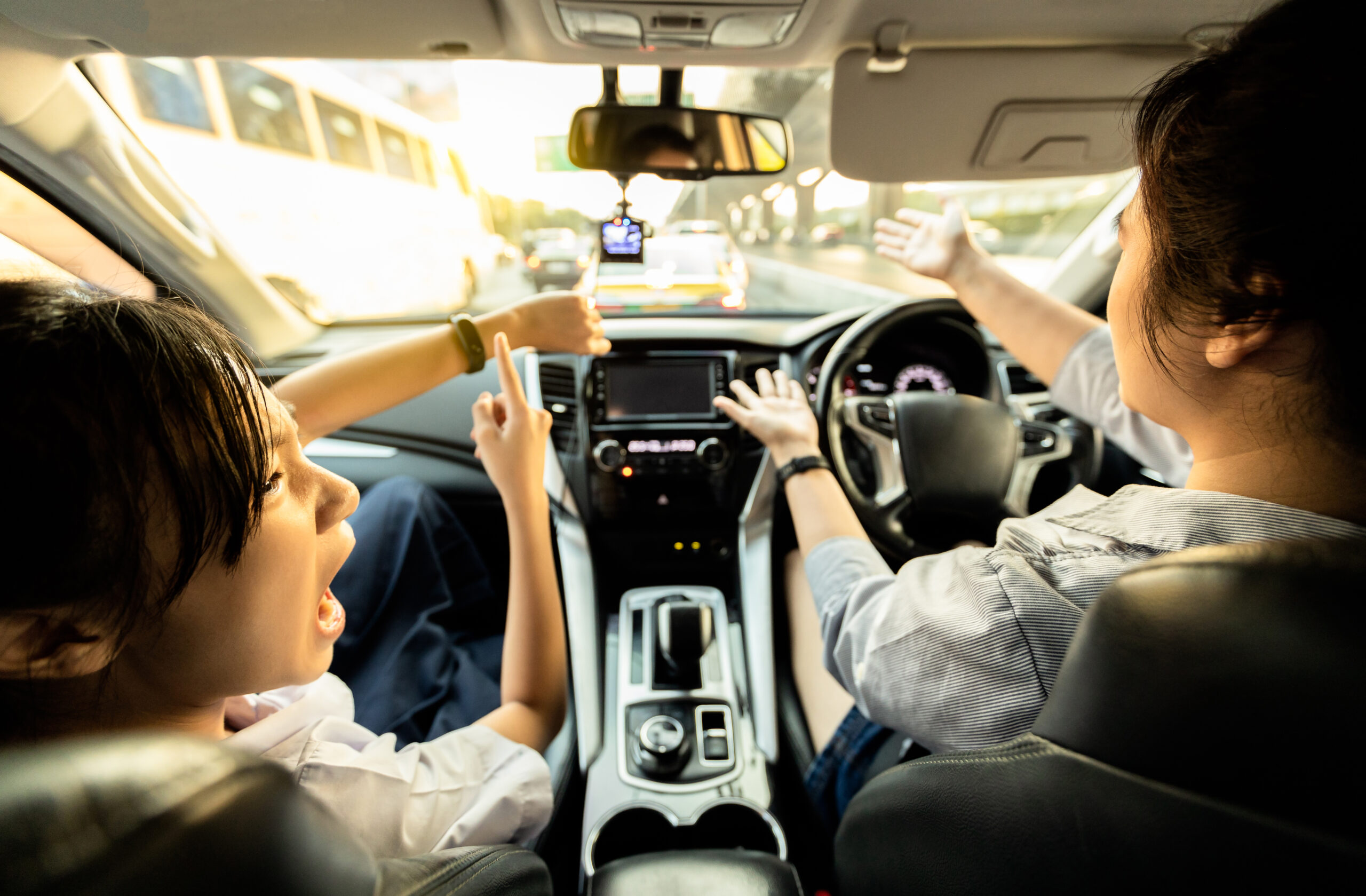
© Adobe Stock, Satjawat
Earlier this month, the government announced proposed “reshaping streets” legislation with Minister Michael Woods describing it as a way to “make it easier for local authorities (like councils) to make street changes that support public transport, active travel and placemaking.”
Our new print magazine is out now! Click here to read online.
One of the proposals up for consultation is the ability to establish “School Streets” where a local authority could restrict traffic near schools during pick up and drop off.
Any cars that had to access their homes during the restricted hours would need to drive at a walking pace.
Principal of Te Puke Primary School, Andrea Dance, says she would welcome moves to keep traffic away from the school gate, saying she and other school staff are having to shift parents down the street at present.
She says they are experiencing big issues with whanau parking on yellow lines and speeding outside the school.
Rather than wait for the establishment of “school streets”, Dance says she would like to see speed bumps installed on the street outside the school. But she has had little engagement from the local authority on the issue.
I think the council could do better and come at the times we are the busiest to see for themselves the issues and near accidents we have had.
Like Dance, Apanui Primary School’s principal Simon Akroyd says many of the road safety concerns arise from parents themselves.
“This decision by drivers has a flow-on effect for the safety of everyone: road patrollers cannot see around the car to make safe calls, other cars having to go wide around a vehicle parked in the wrong place, neighbours not being able to exit [and] enter their own driveway.
Children [are] having to walk on to the road to get around cars parked on footpaths.
Akroyd says local body initiatives could help improve school safety, but those efforts would require buy-in from the community.
“All schools have ongoing worries about how vehicles are operated around schools, especially during the start and end of the day.
As a community we need to think about everyone, not just our own child or where it is easiest to park. We would hope that everyone looks at the big picture of safety for all.
“However, the reality is that this is not the case and this self-approach puts other people at risk.”
Akroyd said he would like to see more children biking and scootering to school, but this ultimately comes down to ensuring they feel safe.
On Newshub’s AM show earlier this month, National MP Erica Stanford said the reason parents did not let their children walk to school had nothing to do with traffic but related to safety concerns arising from crime, gangs, and the mentally unwell.
Akroyd says he thinks parents’ safety concerns stem from a combination of both societal and traffic concerns.
“We worry about children leaving our house and not making it safely to school. I assume that this is a factor that could prevent some children from being able to walk, scooter or bike to school.”
According to the 2018 census, 63.4 percent of students aged between five and nine travelled to school by car, truck or van. That figure dropped to 41.2 percent for students aged between 10 and 14.
Reshaping Streets consultation documents are accessible to the public via the Waka Kotahi website until September 19.
A new report from the University of Auckland’s Our Voices Project asks young people what…
The government has opened a tender for new standardised assessment tests, leaving educators shocked and…
Early in her career, Kiri Turketo found inspiration in an unlikely source. In this Principal…
Real stories of dedication, challenges, and triumphs from educators in NZ. Part six comes from…
Is fast furniture impacting your school's environmental footprint? We explore eco-friendly solutions to reduce furniture…
A new report from the New Zealand Initiative argues we need a stronger and clearer…
This website uses cookies.